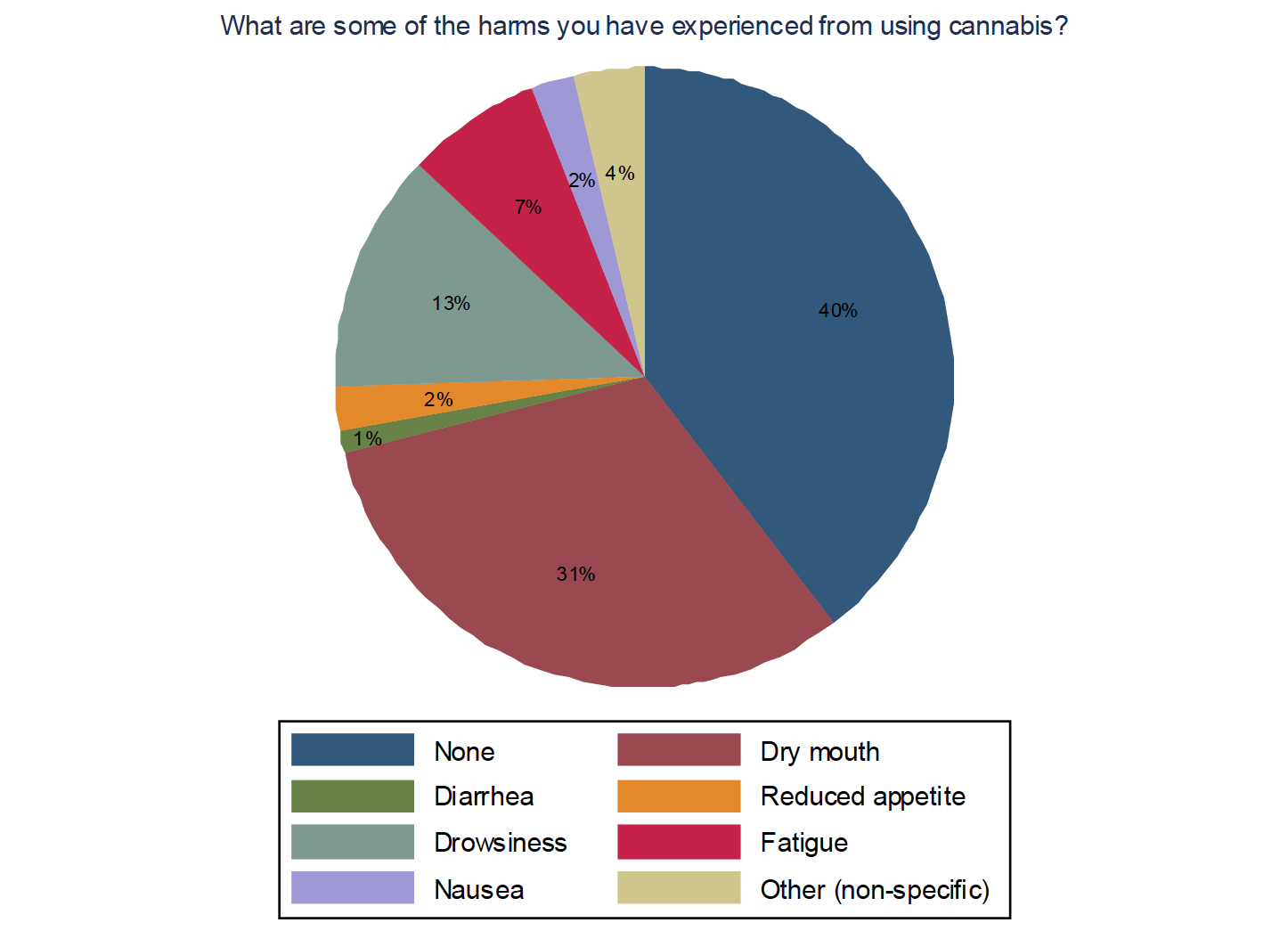The Cannabinoid Anxiety Relief Education Study (C.A.R.E.S.), a first of its kind exploratory survey on CBD and cannabis efficacy in reducing anxiety, was conducted by University of California, Irvine (UCI), in partnership with UC Institute for Prediction Technology (UCIPT), during Fall 2020. The nationwide study leveraged widely accepted indices, such as Generalized Anxiety Disorder 7 (GAD-7) and Medical Outcomes Study (MOS-Sleep), to assess the severity of anxiety and insomnia levels for each of the participants in correlation to their stated cannabinoid use. The C.A.R.E.S study objectives include the following:
- Assess the potential role of cannabinoids in reducing anxiety and other co-morbid conditions, such as insomnia and depression
- Assess dose, frequency, timing of use, and delivery methods most associated with therapeutic benefit
- Analyze differences in CBD and cannabis use patterns in relation to anxiety levels, demographics, as well as prescription medication and supplement usage to assess how each of these factors may impact perceived health benefits.
Thanks to the efforts of numerous Wholistic partners, including PINCHme.com, ProjectCBD.org, CBDOilReview.org, Trailblazers Presents, OpenNest Labs, Clean Label Project and Vertosa, who all promoted study participation, 7,312 participants, all older than 18 years of age, completed the study. Some of the initial findings are summarized below. Additional findings, including an analysis of CBD and cannabis use patterns based on demographic and behavioral differences, will be forthcoming in the spring.
-
- All 7312 (100%) participants were older than 18 and used cannabis and/or hemp-derived CBD. Mean age was 40.3 years (min = 18, max = 83). Nearly 80% of the sample reported above average health in the past 14 days. About 50% of the sample reported having been diagnosed with a mental health condition. The most common diagnoses were GAD (33%) and major depression (23%). About half the sample also reported being diagnosed with a chronic health condition.
- The average GAD score (derived from the GAD-7 scale) was 10.5 indicating above-average anxiety levels in the sample. Quality of sleep (derived from the MOS Sleep scale) averaged 1.5. Not surprisingly, quality of sleep varied inversely with anxiety levels as show in Figure 1.1)
Figure 1.1 Relation between anxiety (measured using GAD 7 scale) and sleep quality (measured using MOS sleep scale)

- Nearly 70% of the respondents indicated they are using CBD for either medical only or medical and non-medical reasons with less than 20% using for recreational-only reasons (some refused to respond).
- Nearly 65% of the respondents indicated they are using cannabis for either medical only or medical and non-medical reasons with ~ 15% using for recreational-only reasons (some refused to respond).
- More than 1,000 different products were used by the participants, suggesting high fragmentation in the industry.
- CBD users indicated they use are using ~2 different CBD products regularly and use it about 50% of the time.
- Similarly, Cannabis users indicated they use are using ~2 different types of cannabis products regularly and use it slightly more than 50% of the time.
Table 2.1 Descriptive statistics of cannabis and hemp-derived CBD-related variables Variables
N
%
Primary reason for using hemp-derived CBD products
For medical reasons
2,182
29.84
For non-medical reasons
1,322
18.08
For both medical and non-medical reasons
2,837
38.8
Other
279
3.82
Refuse to answer
692
9.46
Primary reason for using cannabis products
For medical reasons
1,724
23.6
For non-medical reasons
1,160
15.9
For both medical and non-medical reasons
2,984
40.8
Other
364
5
Refuse to answer
1,080
14.8
How many different types of hemp-derived CBD products do you use regularly (e.g. Flower, tincture, pill, concentrate, edible, beverage topical, etc.)? (Mean, SD)
1.9 (2.0)
How many different types of cannabis products do you use regularly (e.g. flower, concentrate, edible, topical, etc.)? (Mean, SD)
1.7 (1.8)
In the PAST 14 days, how many days have you used hemp-derived CBD products? (Mean, SD)
7.3 (5.1)
In the PAST 14 days, how many days have you used cannabis products? (Mean, SD)
8.4 (5.6)
- 45% of the participants reported using hemp-derived CBD more frequently post COVID-19 with nearly 40% reported no change. About a third of the participants also reported using hemp-derived CBD at higher doses post COVID-19 compared to earlier.









